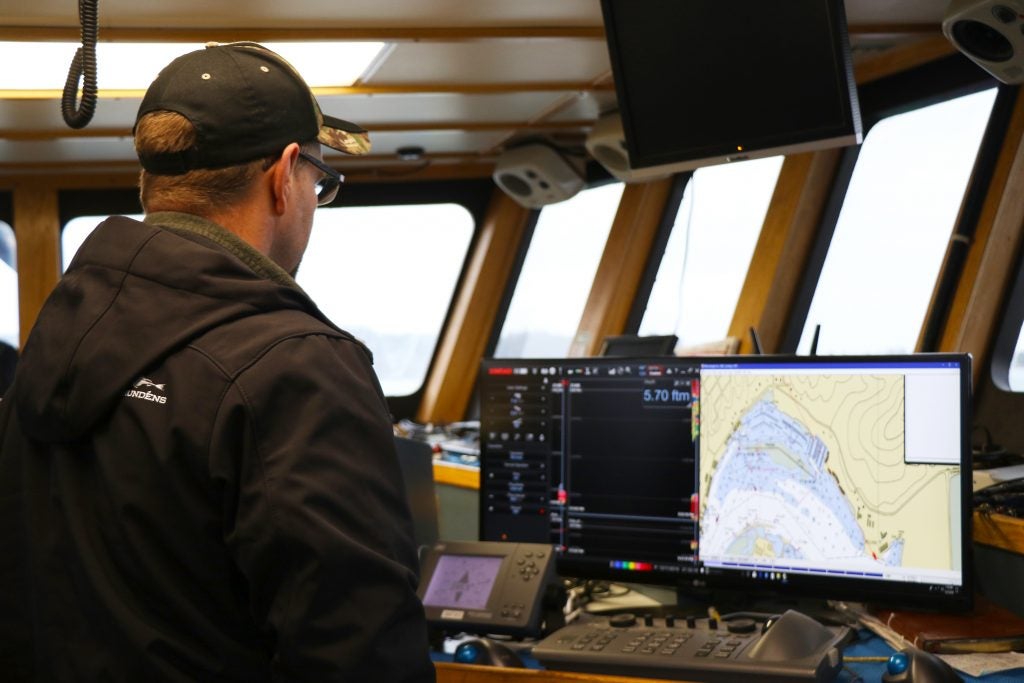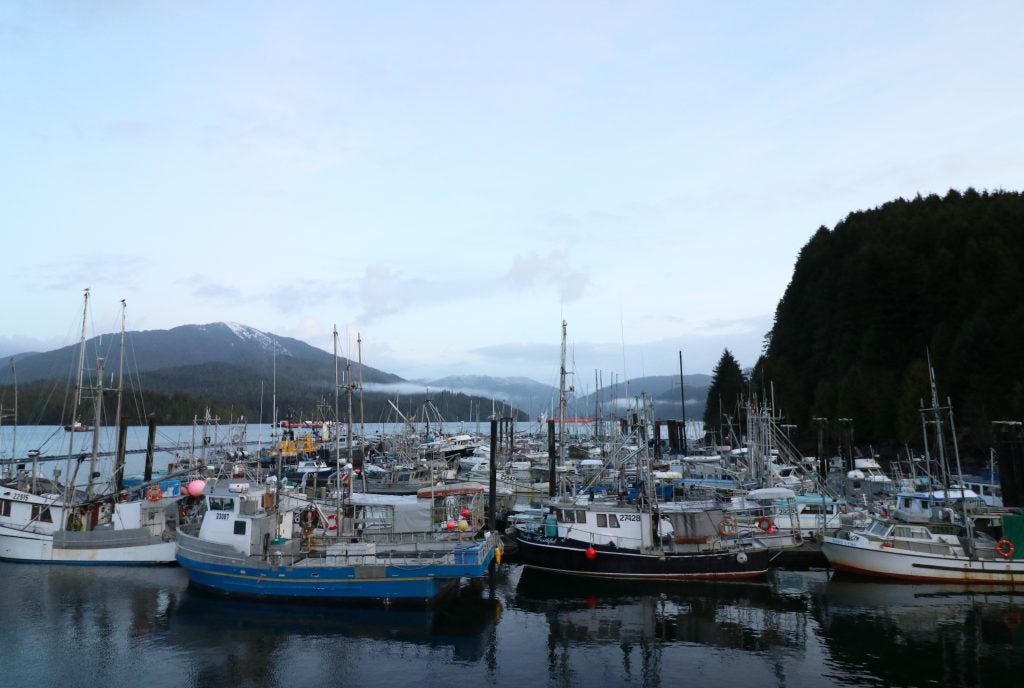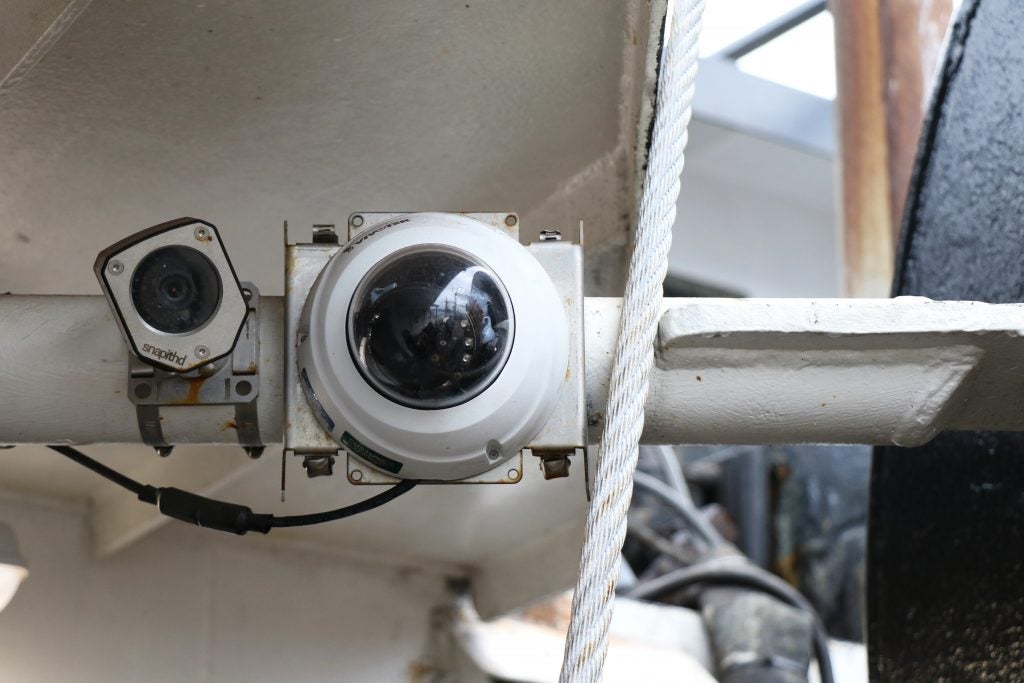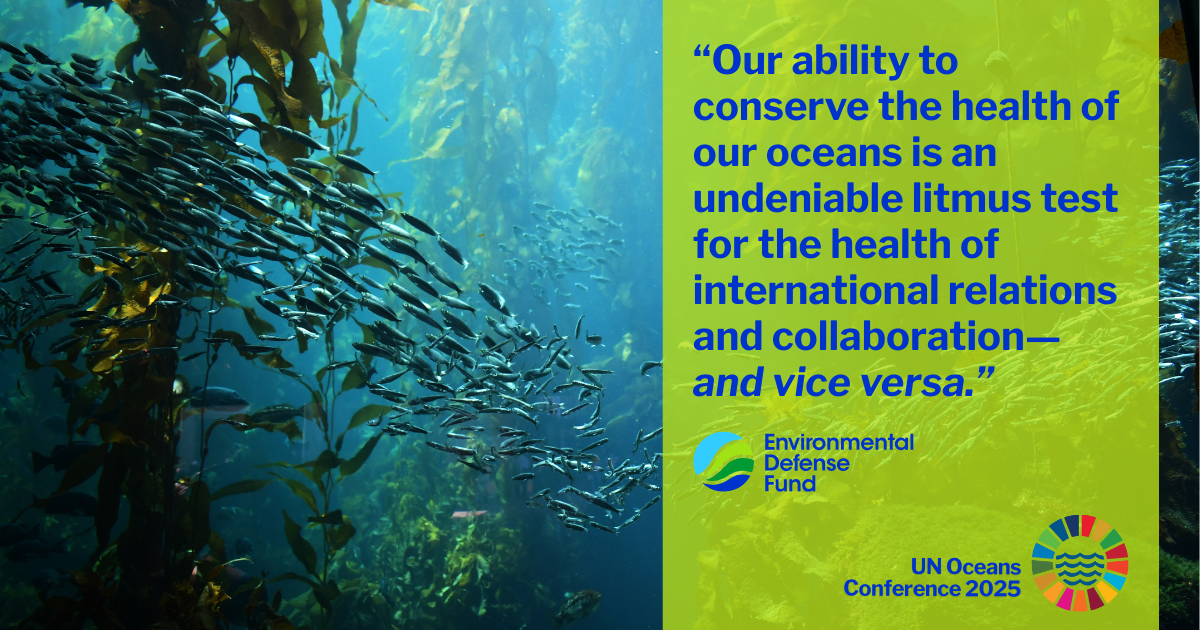Computer-assisted monitoring technologies are set to revolutionize fisheries

By Melissa Mahoney and Shems Jud
With fisheries providing livelihoods, income and nutrition for hundreds of millions of people around the world, finding ways to preserve them is always essential. Yet in many countries, fisheries management hasn’t caught up with the digital world we live in today. Electronic fisheries monitoring and other applications of cutting-edge technology could revolutionize this industry — and it’s an exciting new frontier.
We know that accurate and timely data is the lifeblood of fisheries management. Scientists, fishermen and policymakers alike agree that “if you can’t measure it, then you can’t manage it.” A continuing challenge for many fisheries worldwide is unreliable information about catch, fishing effort and discards (i.e., bycatch) — all key components of effective science-based management. Until recently, monitoring programs have typically involved trained human observers who document catch and discards at sea, as well as logbooks and fish tickets (the record of landing and sale). Essentially, it’s the people and paper on and off the boats.
EM consists of one or more cameras that record fishing and catch processing activities on vessels, with a computer to process and store video data of these activities, along with spatial data and other information (such as hydraulic sensors), on control boxes with removable hard drives. — View EDF’s Fishery Solutions Center Design Manual for more.
About 20 years ago, electronic monitoring, or EM, hit the scene, and as of 2020, a handful of mostly industrial fisheries have implemented EM programs in place of observers. But this represents only about 1,500 vessels — a tiny fraction of the over 2 million motorized commercial vessels plying the world’s oceans daily! The potential to expand the use of EM into additional fisheries to create much needed accountability and transparency is vast. And COVID-19 has only further demonstrated the need to adopt EM in more fisheries, as many observers could not be deployed for safety reasons. Despite the apparent need, EM uptake remains paltry and slow due to several challenges, mostly related to program costs. Thankfully, new technologies offer an exciting solution.
The West Coast groundfish trawl fishery
 The West Coast trawl fishery has traditionally been one of the largest and economically important fisheries on the U.S. West Coast. In 2011, the fishery moved to an individual fishing quota system, requiring 100% monitoring both at sea and dockside. By 2015, industry was responsible for the full cost of human observers on every trip, which was a strong motivator for enabling EM as an alternative to human observers. An experimental program was developed, and about 45 vessels (out of about 100 active vessels in the trawl sector) are currently using EM systems where data are stored on a hard drive that gets pulled off the vessel at landing and mailed to Pacific States Marine Fish Commission for human review. Essentially, we’ve moved from people and paper to hard drives and snail mail. What more could we do to bring down the cost and increase the ease of use?
The West Coast trawl fishery has traditionally been one of the largest and economically important fisheries on the U.S. West Coast. In 2011, the fishery moved to an individual fishing quota system, requiring 100% monitoring both at sea and dockside. By 2015, industry was responsible for the full cost of human observers on every trip, which was a strong motivator for enabling EM as an alternative to human observers. An experimental program was developed, and about 45 vessels (out of about 100 active vessels in the trawl sector) are currently using EM systems where data are stored on a hard drive that gets pulled off the vessel at landing and mailed to Pacific States Marine Fish Commission for human review. Essentially, we’ve moved from people and paper to hard drives and snail mail. What more could we do to bring down the cost and increase the ease of use?
Piloting wireless data transmission and computer-aided cameras
EDF partnered with three West Coast groundfish trawl vessel captains who were early adopters of EM. For Dave Smith, owner of the fishing vessel Lisa Melinda, the move to EM was a “no-brainer.”
“What I like about EM as opposed to an observer is this: cameras don’t sleep, get seasick, eat your food or take up bunk space on your boat,” he states. Smith joined the project because of the potential to improve the EM system to create additional cost-savings and greater ease of use while still meeting 100% monitoring requirements.
Working with these vessels and EM service providers SnapIT and TeemFish, EDF’s goal is to demonstrate the feasibility of automated processing of EM video data and the capability to send data wirelessly. During fall 2019, three cameras were installed on each vessel and connected to SnapIT AI hubs where data processing, including encryption and compression, and data storage occurred. The SnapIT AI hubs were outfitted with external cellular and Wi-Fi antennae and T-Mobile SIM cards that create a private wireless network and that allows remote access to the device for system health checks, software updates and transmission of video and other system data.
On the data processing side, we also worked with artificial intelligence experts at CVision to develop an activity recognition, or AR, algorithm. This algorithm is trained to recognize fishing or other activity on the vessel that is of interest for review, marking that in a timeline so a reviewer can jump to those spots — which ultimately reduces the amount of video review time required. Human video review is a key cost driver. In the future, it will be possible to apply the AR algorithm at the SnapIT hub to pre-process data, enabling only the data of interest (i.e., fishing, discarding or other suspicious activity) to be sent to reviewers, further reducing cost.
Results
 Results from the project suggest that AR-integrated EM systems can create dramatic cost savings, and wireless transmission can also reduce operational headaches for fishermen. Although wireless transmission is currently more expensive than mailing hard drives, the use of computer-assisted cameras for compression and transmission of only those data that need human review offers potential for significant additional cost savings. According to NOAA Fisheries National ET Coordinator Brett Alger: ‘‘it’s important to pursue any means of making EM more cost-effective whether it’s through policies and EM program design, or through advances in artificial intelligence and other technologies. The improvements and value might be small at first, but over time and at scale, these types of applications will cumulatively expand data collection and improve resource management.”
Results from the project suggest that AR-integrated EM systems can create dramatic cost savings, and wireless transmission can also reduce operational headaches for fishermen. Although wireless transmission is currently more expensive than mailing hard drives, the use of computer-assisted cameras for compression and transmission of only those data that need human review offers potential for significant additional cost savings. According to NOAA Fisheries National ET Coordinator Brett Alger: ‘‘it’s important to pursue any means of making EM more cost-effective whether it’s through policies and EM program design, or through advances in artificial intelligence and other technologies. The improvements and value might be small at first, but over time and at scale, these types of applications will cumulatively expand data collection and improve resource management.”
For fisherman Brad Pettinger, a long-time participant in the groundfish trawl fishery and now a member of the Pacific Fishery Management Council, this project was exciting because “it can help us overcome some of the challenges we’ve been facing with EM — like cost, sorting of catch and mailing hard drives. This [trawl] fishery is one of the best managed fisheries globally, and 100% accountability is a big part of that. But high costs of observers and now COVID demonstrate that EM is really the way to go.”
While these results offer value for fishermen on the West Coast, they also highlight a massive opportunity for more widespread adoption of cost-effective EM to overcome a significant data gap (especially for vessels that stay at sea for extended periods of time) and pave the pathway to more transparent, accountable fishing.
When AR and wireless tech can be implemented at scale — making compliance a breeze and much cheaper than ever before — fishermen will be able to focus on what they do best: fish!












